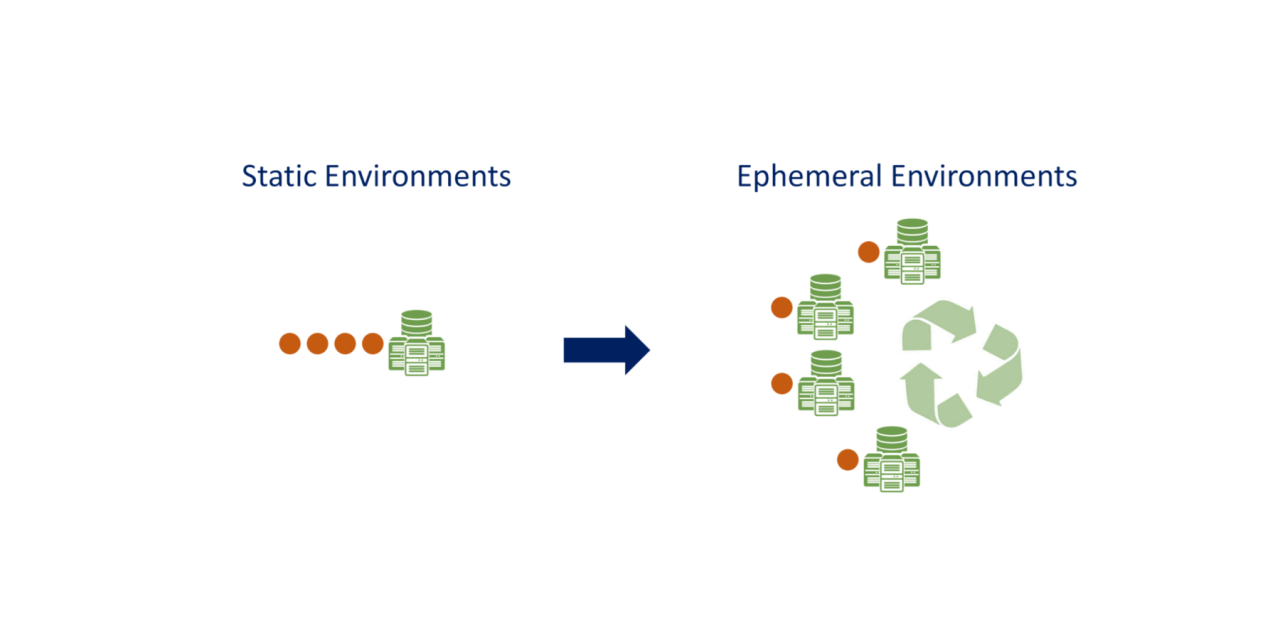By: Jim Azar, Sr. Vice President, CTO
For enterprises to achieve DataOps, both elements – Data and Ops – need to align in the right spot. At a fundamental level, DataOps brings forth technical practices, workflows, cultural mindset, and architecture parts so that enterprises can aim for rapid innovation and higher application velocity.
This enables organizations to achieve high accuracy, fewer mistakes, and extraordinary agility with their data.
Data Management needs an Agile Development Approach
Just as in software development, the results can be quite disruptive whenever an agile and lean approach is injected into a scenario. One gets to gain real efficiency and speed with the underlying tools and processes. The same effect happens when a lightweight and collaborative shift is applied across the realm of data management, assessment, and application.
- It is simply the ‘Theory of Constraints’ manifesting its agile power on the landscape of data.
- It creates a better quality of data without delays and errors, any confusion, and actionable textures.
- It all boils down to an extremely lean, agile, process-oriented methodology for developing and delivering analytics.
Here, the emphasis is on automated tests or statistical process controls to validate all data entry in the system, including inputs, outputs, and business logic. A real-time flavor is injected for status, warning, and failure alerts. It empowers teams to stop fatal errors proactively, so these errors never step into the data analytics pipeline. Any processing errors are also grabbed mid-pipeline, thus helping to stop corruption and improve uptime.
With DataOps, DevOps teams come closer to data engineers, data analysts, data developers, data engineers, and data scientists and work together as a data-focused enterprise.
The basic approaches of reduced wastage, lean principles, and agile methodology work their wonders here. The results are improved responsiveness, augmented context, and real impact derived from data.
Data Management Best Practices with DataOps
Here are some key traits that add gravity and impact to DataOps.
- Agile Development – Data teams publish analytics and reports as fast and iterative sprints. The work happens at rapid intervals and leads to continuous feedback.
- Automate data-related processes – Just as lean manufacturing changes the very look of assembly lines in a data factory, DataOps orchestrates and manages the data factory with a new automation lever.
- Treating Data as a Code – Data is used not as an afterthought but as the starting point of applications and solutions.
- Friendly Applications – Simplicity and user context add immense advantages to applications in a DataOps model.
- Eye on Production – The entire focus and context lean towards production-ready and practical highs and lows of performance.
- Creation of Business Data Catalogs and Glossaries – Detailed and timely documentation helps the DataOps teams collaborate without gaps or translation loss. This is enabled through the right templates.
- Minding the Storage – Instead of being an expense and baggage, storage turns into a strategic lever that drives the impact of DataOps.
- Data is the Key – Data is the main character in the DataOps story – it cannot be stale. It needs to be managed with an entirely different perspective.
- Efficient Data Distribution – Data is distributed across an agile and distributed pipeline to enable its usage in the right manner. Data moves fast and to the right places now.
Experts predict enterprises will see real gains in these efforts through the evolution and extension of DataOps to support trusted AI. Gartner augured that the number of enterprises that operationalized their AI efforts will grow from 8 percent in 2020 to 70 percent in 2025.
DataOps has a pervasive impact. In an enterprise that embraces this approach, one can see fluid collaboration across people, technology stacks, and functions – no matter how complex the systems are.
It allows for a fresh approach to data measurement, monitoring, and value. It eliminates data islands, bottlenecks, poor configuration, and quality issues.
Now, data turns into information. And information is that power.



